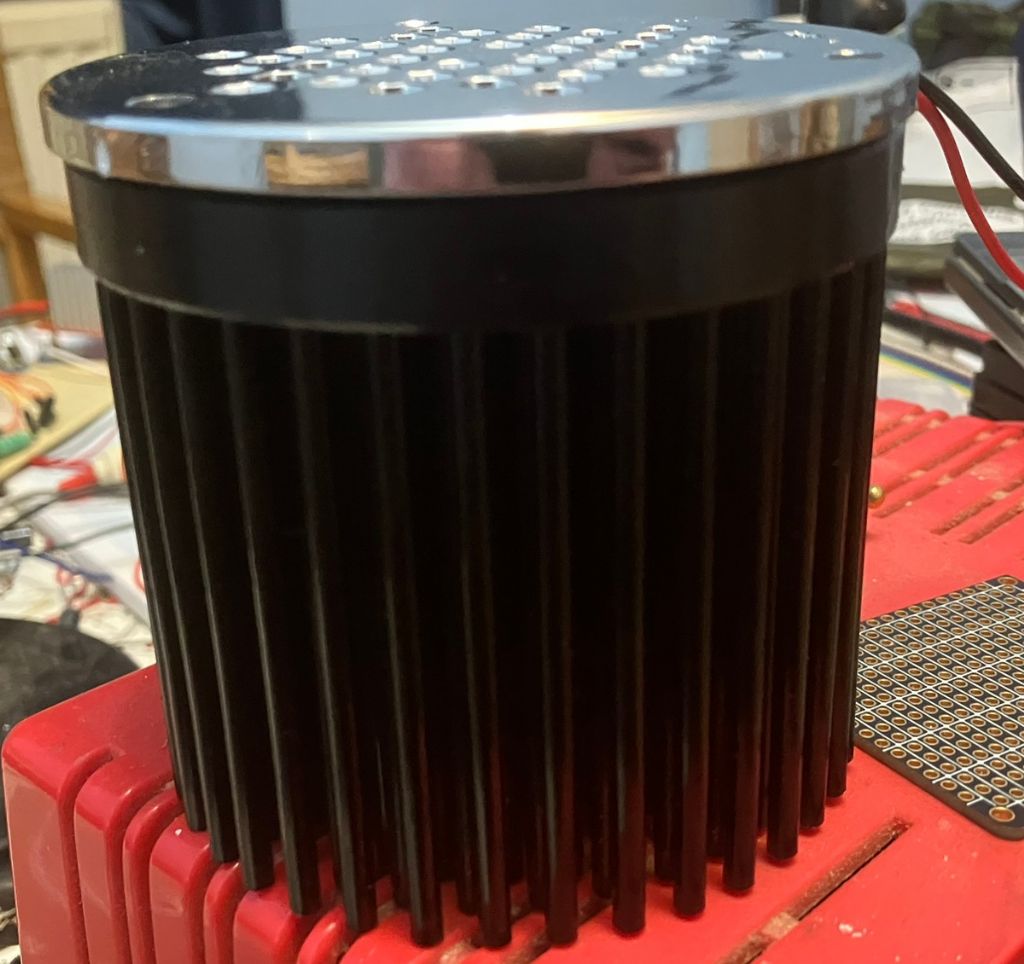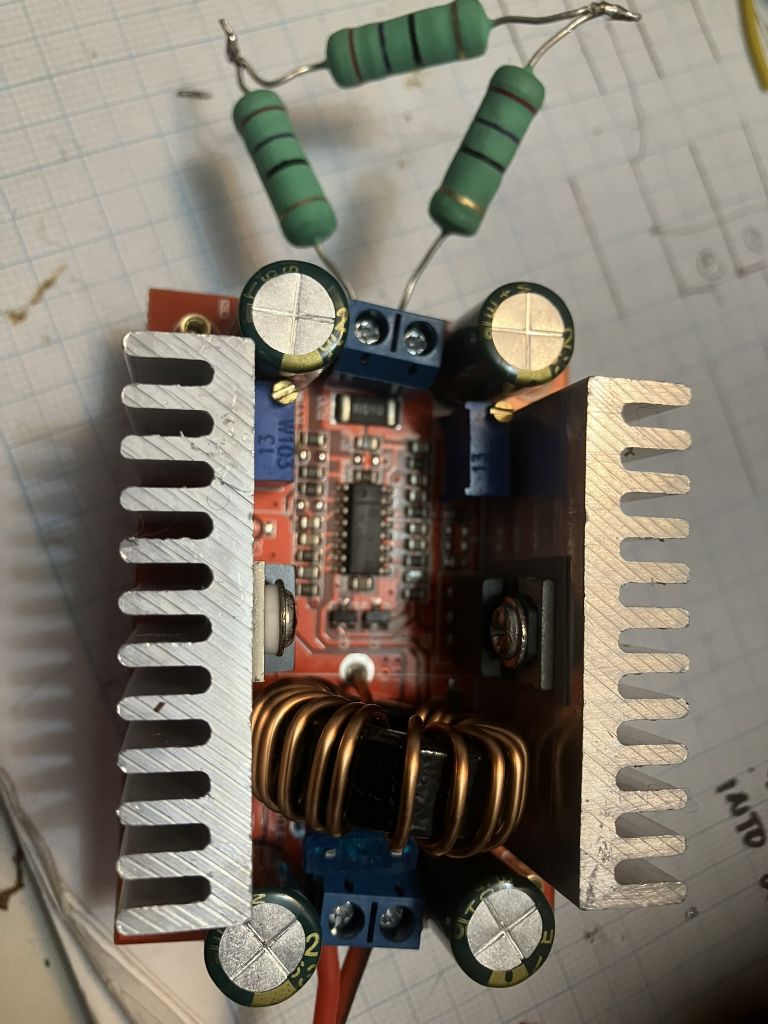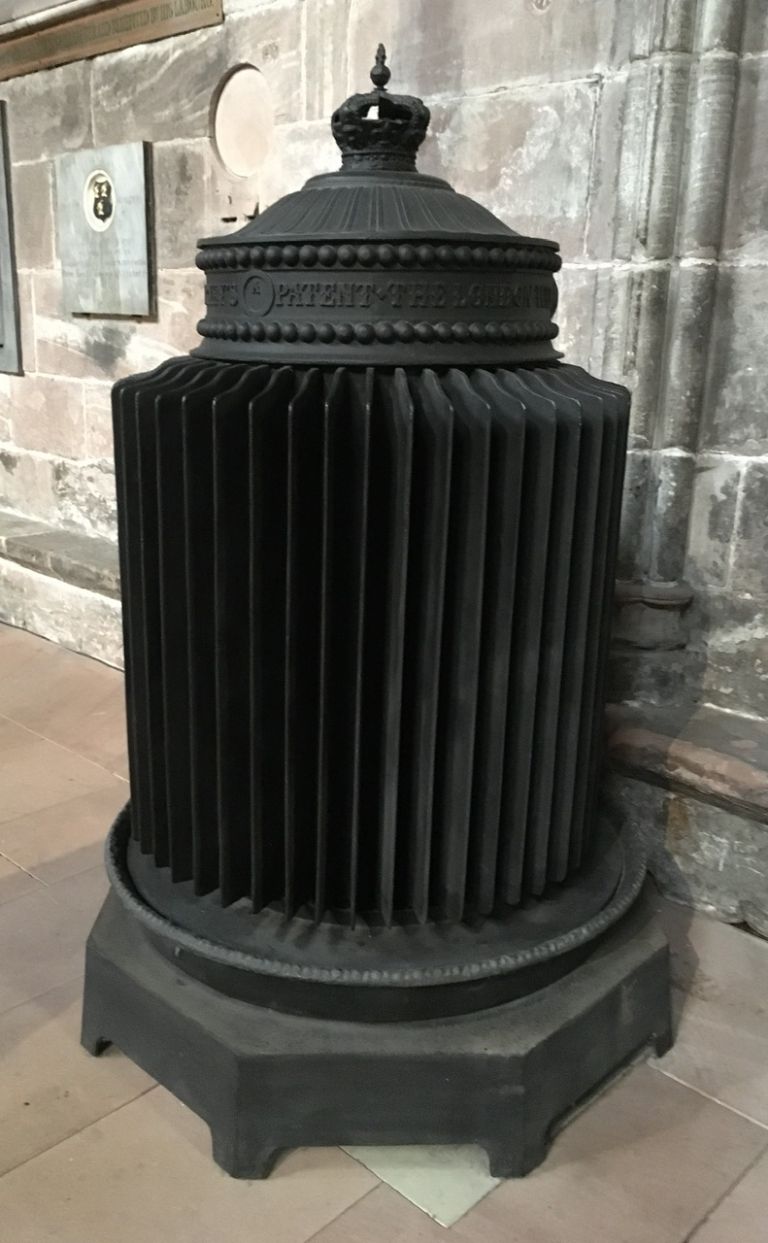Robert – apologies for not responding earlier, I have only just got back to this.
I have now made experiments along the lines you suggested. My procedure and results:
– set PSU to 12V in CV mode
– adjust voltage pot on convertor to give 24.5V no load – PSU is indicating 10mA at this point.
– attach load (definitely 3 x 27 ohm 5W resistors in series) and wind down current pot on convertor to give 24.0 V
– attach voltmeter over the central resistor in load – 8.05V as expected. The PSU is supplying 660mA.
– short out one of the other resistors, momentary flicker, but 8.03V across the central resistor.
So that seems good – it's current limiting.
However…
Removing the short then turning the current limit from the PSU right down I find that:
– if I turn it up again straight away (within a couple of seconds) the PSU voltage / current return to 12V / 660mA immediately and all is as before.
– if I leave it for ~15 minutes with the PSU current down to zero, then turn it up to max (3A) the PSU supplies the full 3A. At this point the the voltage from the PSU is about 6.9V and the voltage across a single load resistor is about 7.5V. After approx 70 seconds in this condition the PSU suddenly switches back to 12V and 660mA and the convertor output jumps back to 8.05V per resistor.
Does that give any clue as to what is going on with these modules? I haven't tried connecting to 12V lead acid battery (which was what I'd hoped to do) because I suspect that the convertor would suck up too much startup current and self-destruct, as Les found.
Robin.
Edited By Robin Graham on 04/02/2023 23:38:19
Edited By Robin Graham on 05/02/2023 00:02:58
Edited By Robin Graham on 05/02/2023 00:47:30
 Mark Easingwood.
Mark Easingwood.







